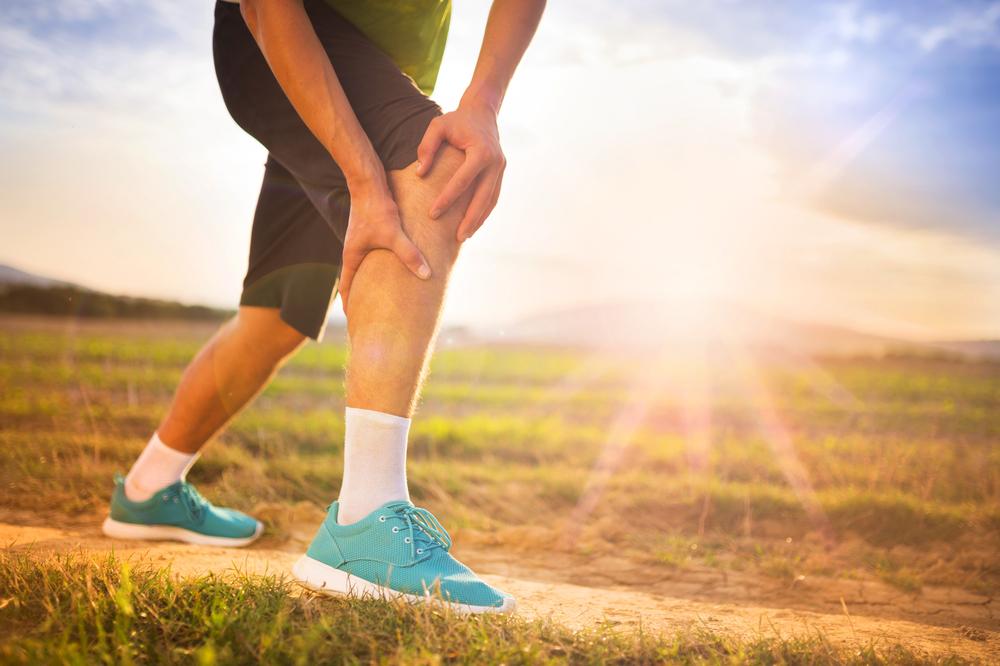
Signs and Causes of Deep Vein Thrombosis
When blood moves very slowly through the veins, it can accumulate and cause a clot. When this clot forms in a vein deep within, it is called deep vein thrombosis (DVT). This condition is more likely to occur in the thighs, lower leg, or pelvis. However, it could happen in other parts of the body too.
The causes of deep vein thrombosis could be many, but not everyone experiences its symptoms, so it can be difficult to diagnose. There can be many life-threatening consequences due to DVT especially when the embolism occurs in the heart, brain, or lungs.
The symptoms and causes of deep vein thrombosis include the following:
1. Symptoms of DVT
Everyone does not show signs of DVT, but in case you notice the following symptoms, please see a doctor:
- Swelling in the leg or arm without any warning
- Pain or soreness while walking. This pain starts in the calves and feels like cramping.
- Enlarged veins
- Skin that looks blue or red
- A warm feeling in the area that hurts
At times if the blood clot dislodges itself, it can travel to the heart and lungs, which can prove to be fatal. In such a case you might experience:
- Shortness of breath
- Coughing up blood
- Higher heart rate
- Chest pain that worsens while taking a deep breath
- Feeling lightheaded or dizzy
- Rapid pulse
2. Causes of deep vein thrombosis
These blood clots can arise due to anything that prevents blood from circulating or clotting normally like an injury to the vein, surgery, or some type of medication or movement.
The leading causes of deep vein thrombosis are:
- Genetics
One of the main causes of deep vein thrombosis in some people is genetics. Some people inherit a disorder wherein a blood clot forms easily. However, this condition alone will not cause blood clots, until it is combined with one or more risk factors.
Often, after surgery, you are asked to take complete bed rest. Or if you have been struck by paralysis and the legs remain still for extended periods, the calf muscles do not contract and leads to blood circulation issues that can increase the risk of blood clots.
- Injury or surgery
Blood clots can be formed if there is an injury to the veins or after surgery.
- Pregnancy
During pregnancy, women have added pressure in the veins of the pelvis and legs, causing a risk of blood clots. There are higher chances of blood clots until up to six weeks after the baby is born.
- Oral contraceptives
Oral contraceptives and hormone replacement therapy increase the clotting ability of the blood.
- Smoking
It is one of the primary causes of deep vein thrombosis. It affects blood circulation and clotting and can increase the risk of DVT.
- Heart failure
The chances of pulmonary embolism and blood clots increases for those with heart failure.
- Obesity
When a person is overweight, there is added pressure on the veins, and that can lead to blood clots.
- Inflammatory bowel disease
There is a higher chance of DVT for those with bowel diseases like Crohn’s disease or ulcerative colitis.
- Cancer treatments
Chemotherapy and radiation are also leading causes of deep vein thrombosis. They increase the chance of blood clots, which is why DVT can occur.



